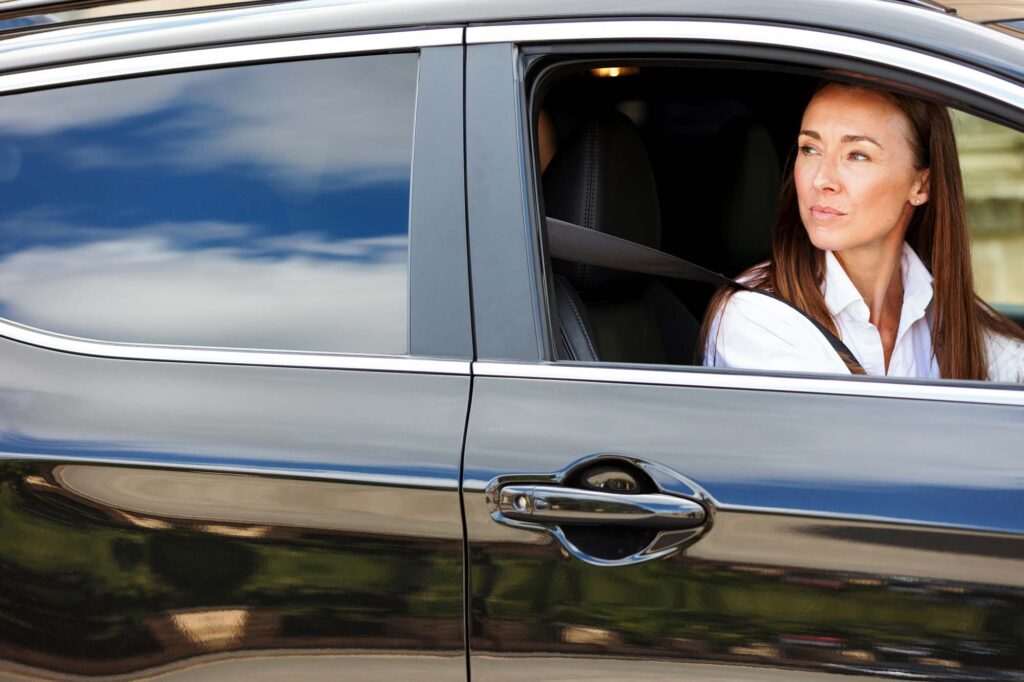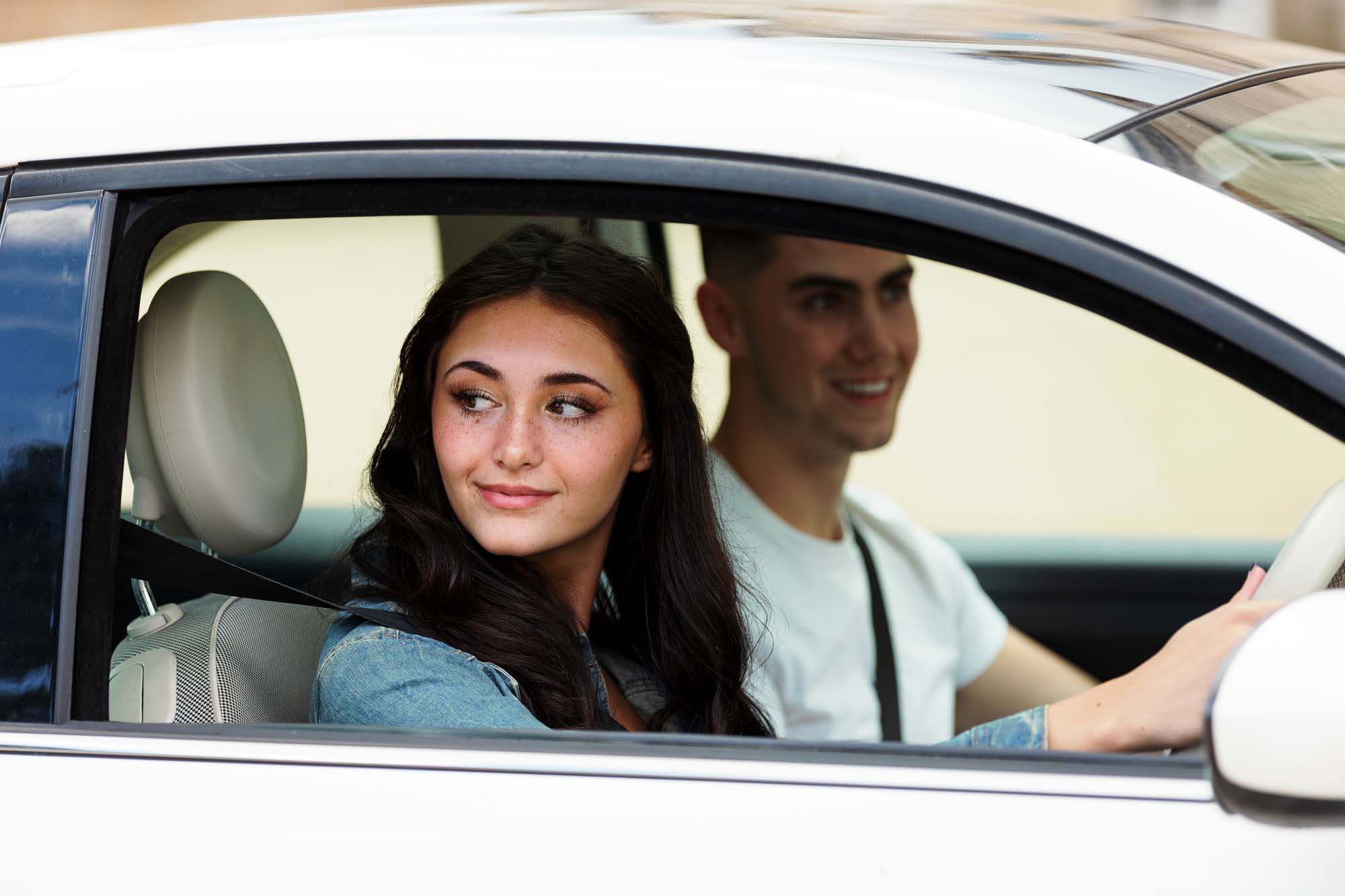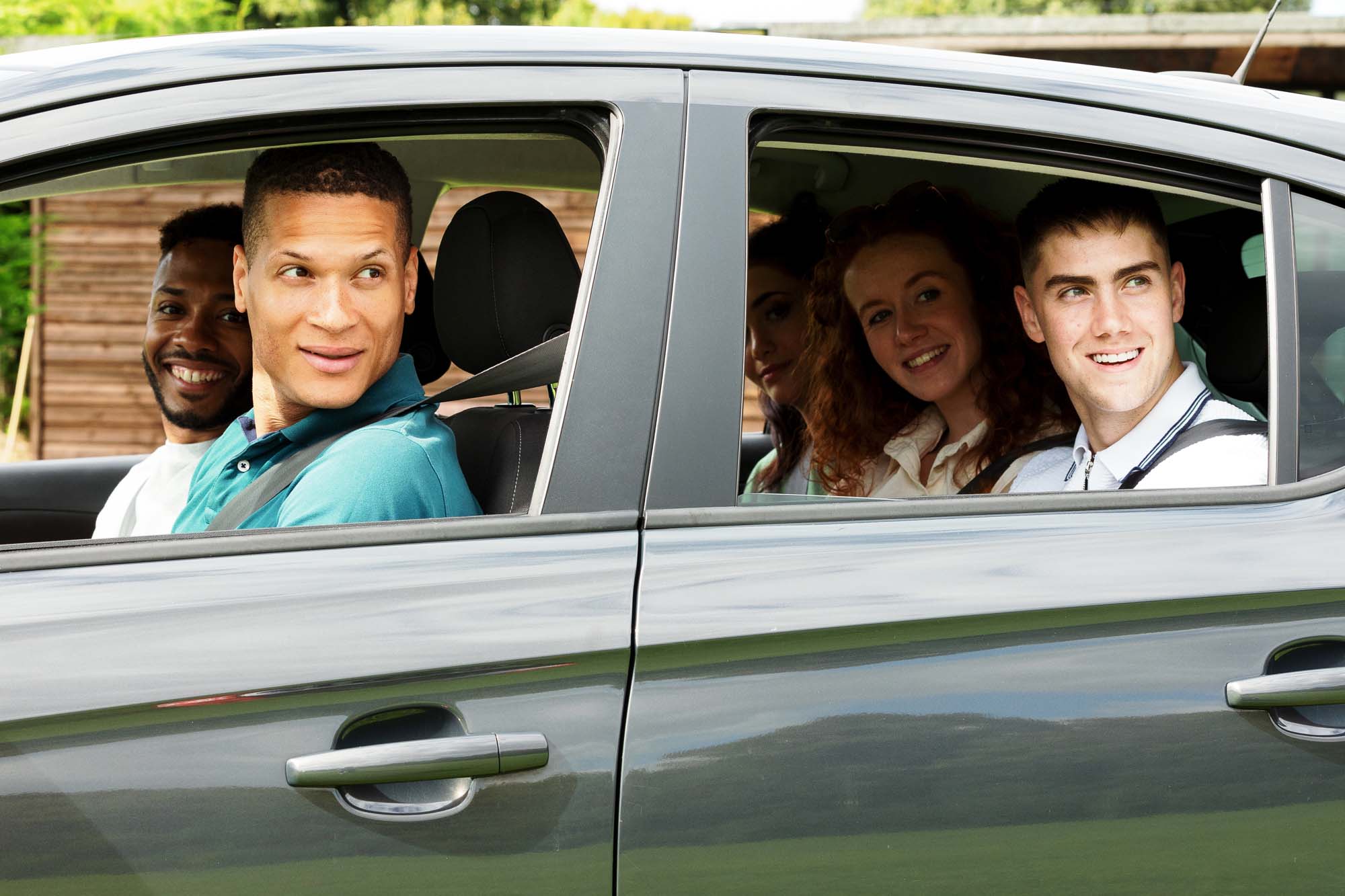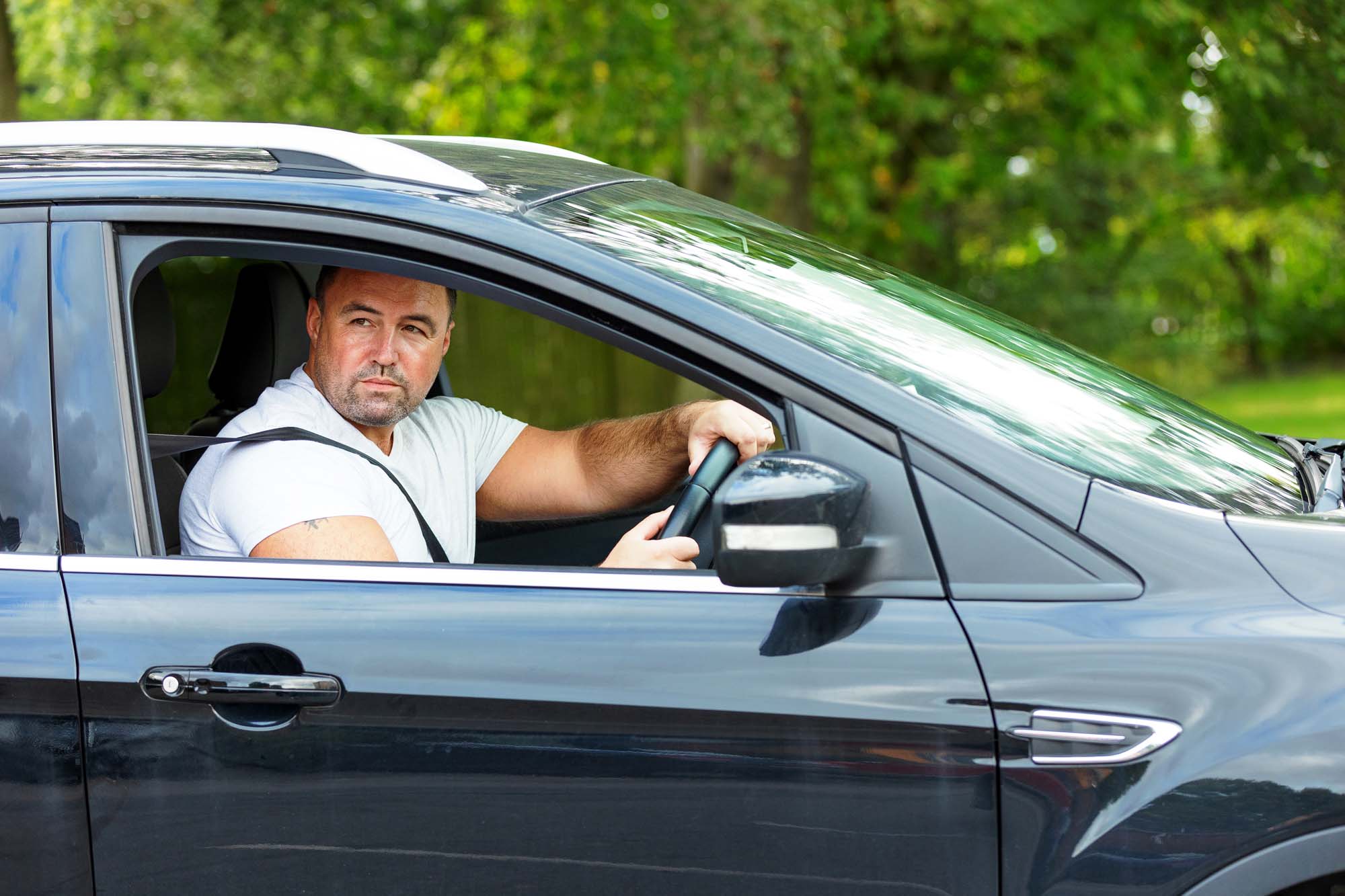Car park accidents are more common than you might think, making up a significant number of insurance claims each year. Whether you’re driving someone else’s car using short-term cover or learning in a parent’s car with learner driver insurance, it’s worth taking extra care in tight parking spaces to avoid any bumps. Not sure what to do if someone hits your parked car? Wondering what happens if you don’t report a car park accident, or whether your insurance will cover the damage? We’ve put together this guide to help you navigate all of the above, stress-free.
Car Park Accident Law: Who’s At Fault?
Figuring out who’s responsible in a car park accident isn’t always straightforward. As a rule, if one car is stationary, the moving vehicle is usually at fault, but not always.
When a Car Hits a Pedestrian
Drivers are expected to be alert to hazards, including pedestrians. If a driver is distracted or speeding, they’re likely to be found negligent. That said, pedestrians don’t always have right of way in car parks, so insurers will assess both parties’ actions when deciding fault.
When One Car is Parked
If a parked car is hit, the moving vehicle is nearly always at fault, whether it’s a clipped wing mirror, a rear-end bump, or a scrape from a misjudged parking attempt. This is also the case if you hit a parked car with your door, causing damage, when you get out of your car.
When Both Cars Are Moving
If both cars are in motion, both drivers could be partially liable, but who is to blame will be down to the specifics of the incident. For example, if two cars head for the same spot, the driver turning into traffic may be found more at fault, as vehicles on the left typically have right of way.
When a Car is Reversing
Reversing accidents are very common in car parks. If a driver reverses into a passing vehicle, they’re likely to be held responsible, since cars in the main lanes have priority. So, no matter how much of a rush you’re in, when you’re reversing out of a space, always take it slow and keep checking your blind spots.
What to Do After a Car Park Accident
The steps you need to follow after a car park incident are very similar to what you should do after an accident on the road. No matter how minor the collision, always take these steps:
- Stop at the scene – it’s illegal not to.
- Turn on your hazard lights and switch off the engine.
- Check for injuries or damage to all vehicles and people involved.
- Exchange details – this includes name, address, and ideally insurance info. If the driver isn’t the registered owner, ask for those details too. If you’ve hit a car in a car park and the driver isn’t there, make sure you leave all your details for them.
Additional Details Worth Recording
Documenting the scene can speed up the claims process:
- Time, date, and weather conditions.
- Vehicle positions and damage.
- Photos or videos of the accident.
- Any injuries.
- Witness names and contact details.


What to Do if Someone Hits Your Parked Car?
If you’re present, follow the steps above. Check everyone’s okay and exchange details, even if you aren’t planning on making a claim. If you weren’t there at the time, the driver should leave their contact info, often under your windscreen wipers.
What to Do If Someone Hits Your Car, But Doesn’t Leave Contact Details?
It’s a legal requirement to leave your contact details following an accident, and failure to do so could result in legal action. Unfortunately, this doesn’t always deter drivers from leaving a car park accident without providing their details, and many unfortunate drivers have returned to their parked cars to find them damaged, with no way to contact the driver at fault.
If a driver leaves the accident without providing their contact details, there are a couple of steps you need to take:
- Contact the car park operator to request CCTV footage.
- Report it to the police as a hit-and-run.
Failing to report an accident can lead to fines, points on your licence, and even prosecution, so make sure to always leave your details.
Are You Covered for Car Park Accidents?
It depends on your level of cover:
- Comprehensive cover: You’re protected for damage, even in a car park. You may also get a courtesy car while repairs are made.
- Third-party only: You won’t be covered for repairs to your own vehicle, just damage or injury caused to others.
If you’re concerned about scrapes in busy car parks, it’s always worth opting for comprehensive cover. With us, you can get this level of protection even when borrowing someone else’s car, using our flexible short-term insurance.
Even the best drivers can experience a bump in a busy car park. Whether you’re borrowing a car for errands or getting extra driving hours in, our comprehensive temporary insurance helps protect the vehicle owner’s no-claims bonus in the event of a bump and gives you peace of mind. Whatever your reason for driving, we have you covered.


